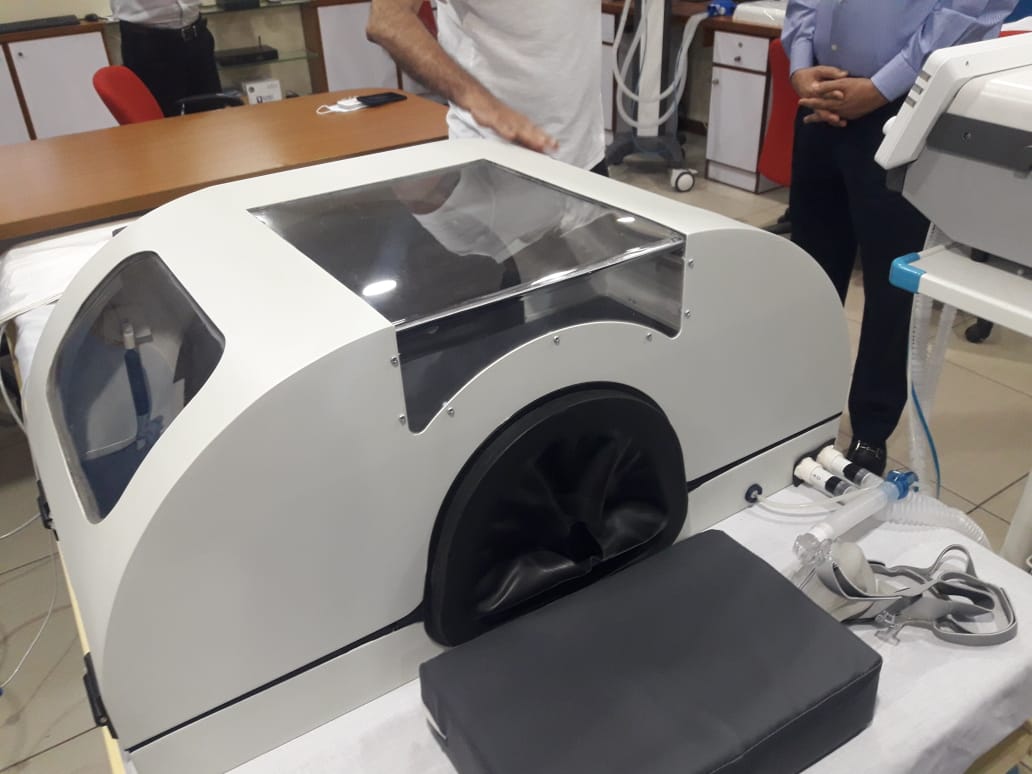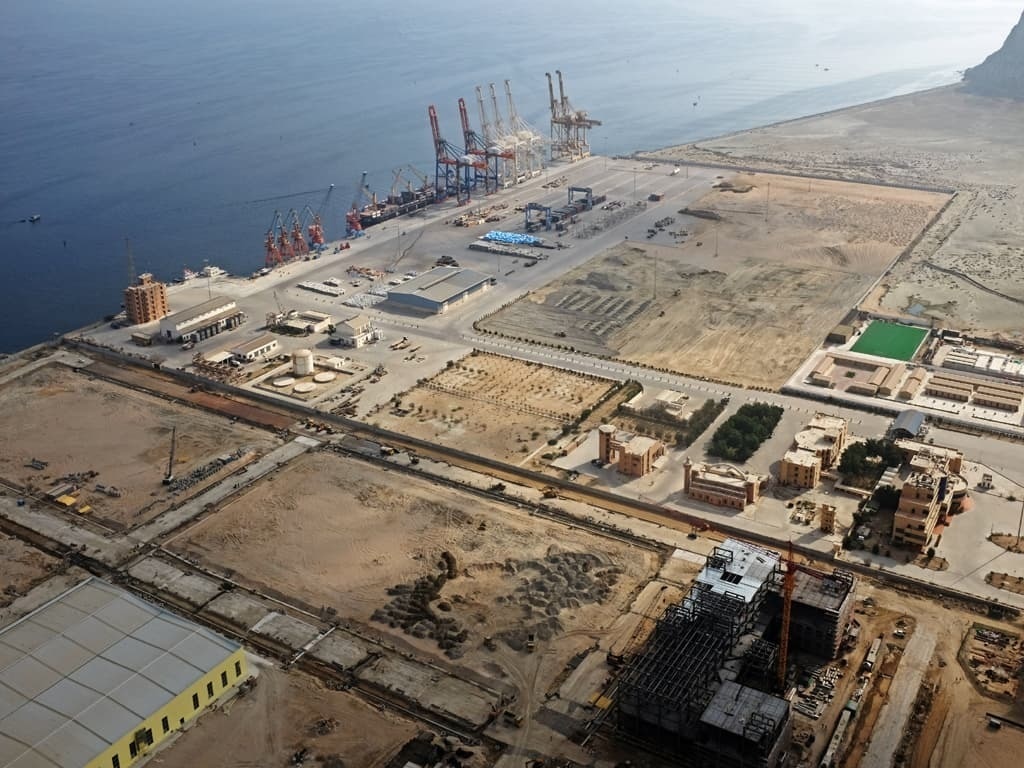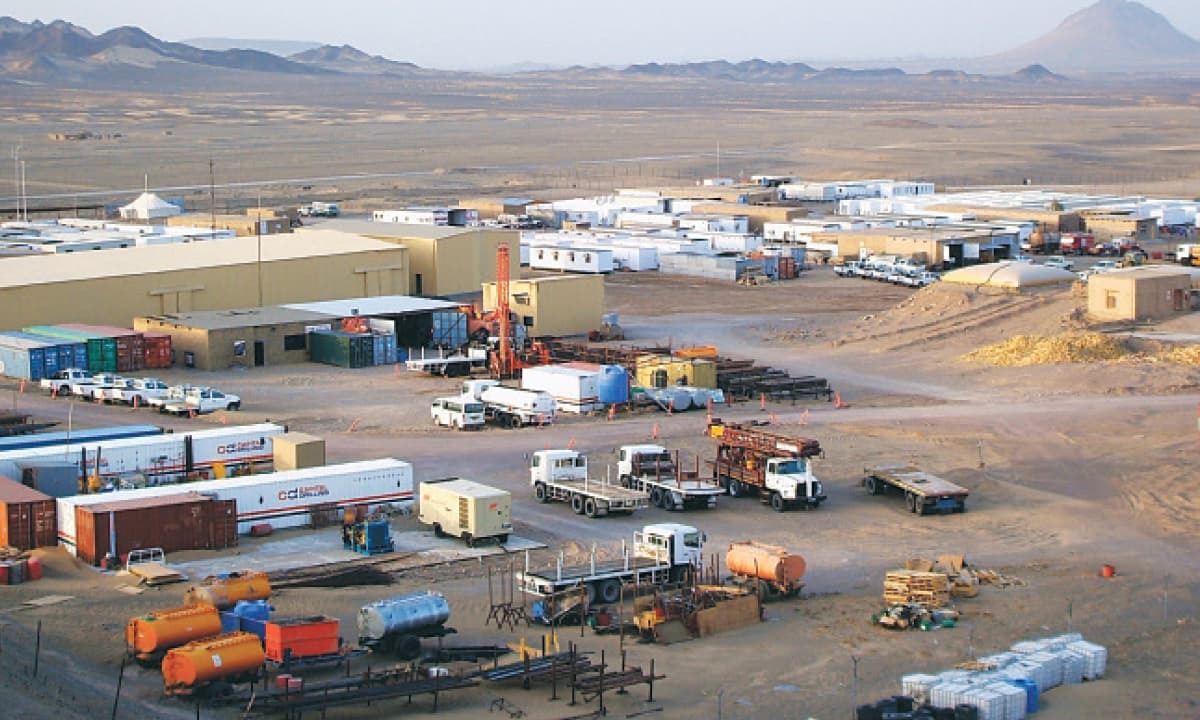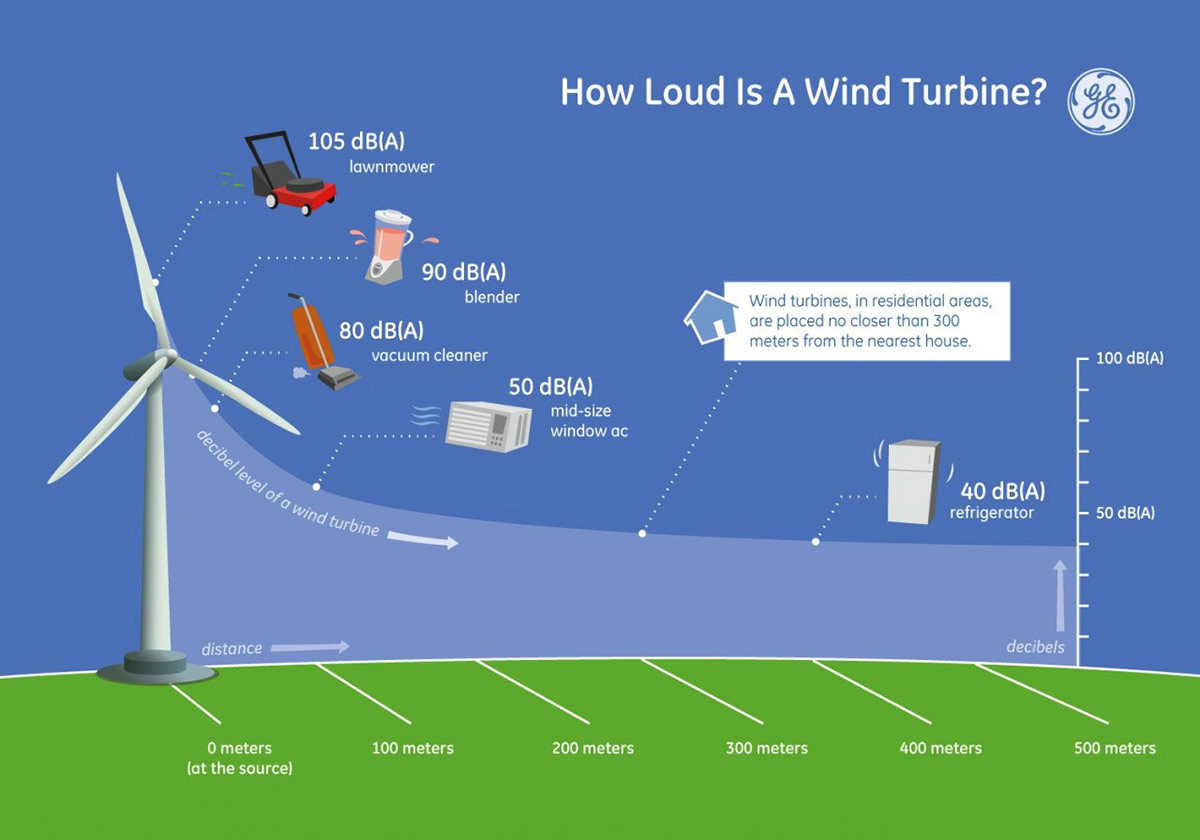PEC Chairman visits AT, assures his support for local engineering initiatives
Alsons develops
new variant of ventilator
Engr. Najeeb Haroon, the Chairman of the Pakistan Engineering Council (PEC) visited Alsons Technologies (AT) in Karachi last week





